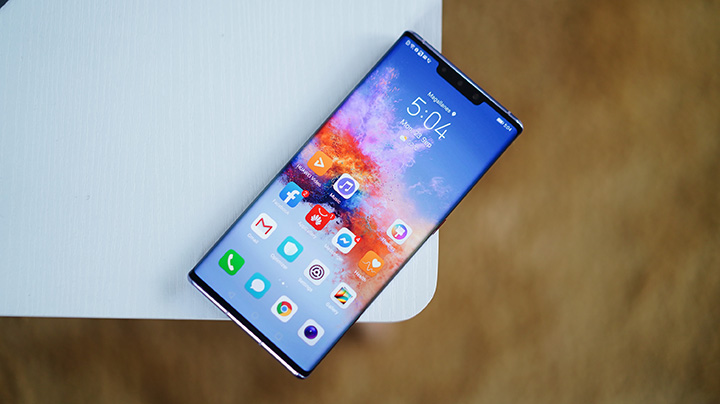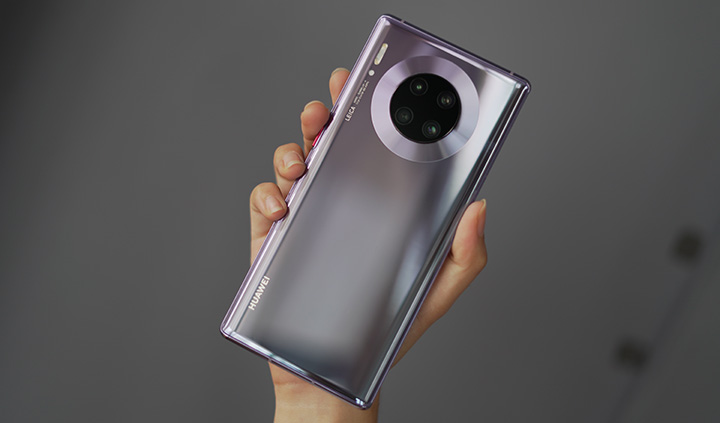A couple of months go, Huawei unveiled its latest flagship chipset, the HiSilicon Kirin 990 Series, which powers the company’s newest smartphones, the Mate 30 series. So, what makes it unique and how different it is from its predecessor? Let’s take a closer look.

Before we get started, the Kirin 990 comes in two models: the Kirin 990 5G and the Kirin 990 4G. We’re focusing on the latter since it’s the one powering the Mate 30 series in the Philippines.
TSMC 7nm lithography

The Kirin 990 is built using TSMC’s 7nm lithography, allowing them to fit 8 billion transistors in about a 90mm2 die size. For comparison, the Kirin 980 has 6.9 billion transistors in a 74mm2 die size.
CPU, GPU, and NPU Power

For the CPU, the Kirin 990 5G features two high-frequency 2.86GHz Cortex-A76-based cores, two medium-frequency 2.09GHz Cortex-A76-based cores, and four efficient 1.86GHz Cortex-A55 cores. The graphics, on the other hand, are handled by the 16-core Mali-G76 GPU. For the NPU, Huawei uses a 1 Big-Core + 1 Tiny-Core design to power its AI capabilities.
What all these means is that the Kirin 990 has enough computing power to run the Mate 30 series’ features including gaming, photography, and AI applications, while at the same time, improving battery performance.
Upgraded ISP 5.0

The Kirin 990 features an upgraded Image Signal Processor (ISP) 5.0 that is 15% better compared to the Kirin 980. It also uses Block-Matching and 3D filtering (BM3D) and Dual-Domain Video Noise Reduction for hardware-level noise reduction, to help the Mate 30 series’ cameras to capture images and record videos with excellent quality, even in low-light.
Huawei Mate 30 & Mate 30 Pro

Huawei’s Mate 30 and Mate 30 Pro is the company’s first smartphones to harness the power of the new flagship Kirin 990 SoC, allowing the devices to sport top-of-the-line specs like the large high-resolution display, Super Sensing Cine Camera, EMUI 10, and a large battery with 40W Wired SuperCharge, 27W Wireless SuperCharge, and a new-generation Wireless Reverse Charge. If you’re one of the users who want to take advantage of the new chipset’s capabilities, these are the devices to get.

YugaTech.com is the largest and longest-running technology site in the Philippines. Originally established in October 2002, the site was transformed into a full-fledged technology platform in 2005.
How to transfer, withdraw money from PayPal to GCash
Prices of Starlink satellite in the Philippines
Install Google GBox to Huawei smartphones
Pag-IBIG MP2 online application
How to check PhilHealth contributions online
How to find your SIM card serial number
Globe, PLDT, Converge, Sky: Unli fiber internet plans compared
10 biggest games in the Google Play Store
LTO periodic medical exam for 10-year licenses
Netflix codes to unlock hidden TV shows, movies
Apple, Asus, Cherry Mobile, Huawei, LG, Nokia, Oppo, Samsung, Sony, Vivo, Xiaomi, Lenovo, Infinix Mobile, Pocophone, Honor, iPhone, OnePlus, Tecno, Realme, HTC, Gionee, Kata, IQ00, Redmi, Razer, CloudFone, Motorola, Panasonic, TCL, Wiko
Best Android smartphones between PHP 20,000 - 25,000
Smartphones under PHP 10,000 in the Philippines
Smartphones under PHP 12K Philippines
Best smartphones for kids under PHP 7,000
Smartphones under PHP 15,000 in the Philippines
Best Android smartphones between PHP 15,000 - 20,000
Smartphones under PHP 20,000 in the Philippines
Most affordable 5G phones in the Philippines under PHP 20K
5G smartphones in the Philippines under PHP 16K
Smartphone pricelist Philippines 2024
Smartphone pricelist Philippines 2023
Smartphone pricelist Philippines 2022
Smartphone pricelist Philippines 2021
Smartphone pricelist Philippines 2020